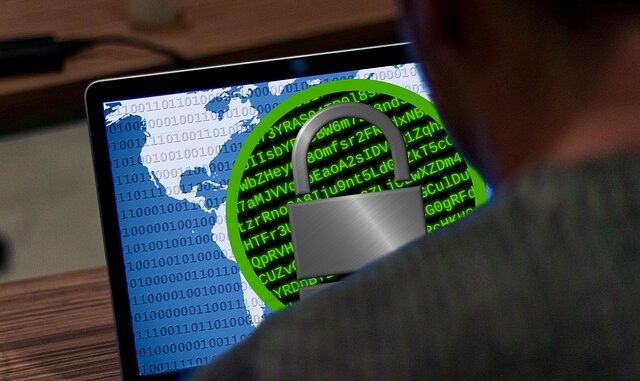
Summary
This article delves into the LockBit ransomware group, covering its history, operations, and the impact of law enforcement actions. It discusses the group’s Ransomware-as-a-Service (RaaS) model, its prolific attacks, and the significance of arrests and infrastructure takedowns. The article also explores the ongoing fight against cybercrime and the challenges posed by evolving ransomware threats.
Explore the data solution with built-in protection against ransomware TrueNAS.
** Main Story**
LockBit Ransomware: A Deep Dive into Arrests, Takedowns, and the Ongoing Fight
The LockBit ransomware group, infamous for its Ransomware-as-a-Service (RaaS) operation and high-profile attacks, has been a significant player in the cybercrime landscape since 2019. Operating on an affiliate model, LockBit provides ready-made ransomware tools and support to its affiliates, taking a cut of any ransom payments received. This model allows even less technically skilled individuals to participate in ransomware attacks, contributing to LockBit’s widespread impact.
A History of Disruption: LockBit’s Journey Under Scrutiny
Over the years, LockBit has been responsible for a significant portion of global ransomware attacks. Data reveals LockBit was estimated to be involved in 44% of all ransomware incidents worldwide in early 2023 and demanded US$91 million in ransom payments in the United States alone between January 2020 and May 2023. The group’s operations have impacted numerous sectors, including healthcare, education, finance, government, and critical infrastructure.
Key Arrests and Takedowns: Significant Milestones
Law enforcement agencies around the world have worked diligently to combat LockBit’s operations. A critical moment arrived in February 2024 with “Operation Cronos,” a coordinated international effort that resulted in the seizure of LockBit’s dark web infrastructure and the arrest of several key members. This operation severely disrupted LockBit’s operations, including taking down its leak site, making it challenging for LockBit to communicate and publicize to its victims the data it had stolen.
Further operations continued in October 2024, resulting in the arrest of an alleged LockBit developer in France, two individuals supporting a LockBit affiliate in the UK, and the administrator of a bulletproof hosting service in Spain. In May 2025, LockBit’s infrastructure was breached and defaced, resulting in the public release of sensitive internal data including Bitcoin wallet addresses, encryption keys, chat logs, and affiliate details. This data leak provided invaluable intelligence to law enforcement and cybersecurity researchers.
The Implications: A Shifting Landscape
These arrests and takedowns mark significant victories in the fight against ransomware. The disruption of LockBit’s infrastructure, along with the apprehension of key members, has undoubtedly hampered the group’s operations. However, the fight is far from over.
Despite setbacks, the adaptable nature of ransomware groups like LockBit means they often find ways to rebuild and continue their activities. The release of LockBit 4.0 in early 2025 underscores the persistent nature of this threat.
Ongoing Challenges and the Future of Ransomware
Ransomware remains a persistent threat, with groups constantly evolving their tactics. As law enforcement intensifies its efforts, ransomware groups become more sophisticated in their methods. The RaaS model allows ransomware operations to proliferate, making it more accessible to individuals with malicious intent. These factors present ongoing challenges for law enforcement and cybersecurity professionals.
What Can We Learn?
The story of LockBit highlights several important aspects of the current ransomware landscape.
- The effectiveness of international collaboration: The success of operations like Cronos underscores the importance of coordinated efforts between countries to tackle global cybercrime.
- The persistent nature of ransomware: Ransomware groups are resilient and adaptable, often finding ways to recover and continue their activities despite takedowns.
- The need for constant vigilance: Organizations must remain vigilant and prioritize robust cybersecurity measures to protect themselves against evolving ransomware threats.
While LockBit’s activities have been severely impacted, the fight against ransomware is an ongoing battle. As one group is disrupted, others may emerge or adapt, requiring continuous effort from law enforcement, cybersecurity professionals, and organizations to mitigate these threats.

